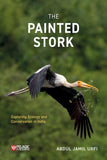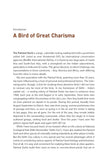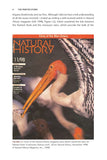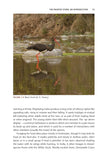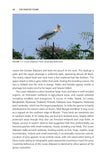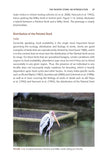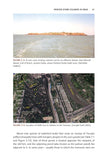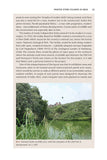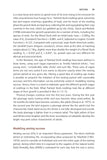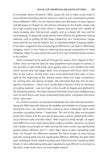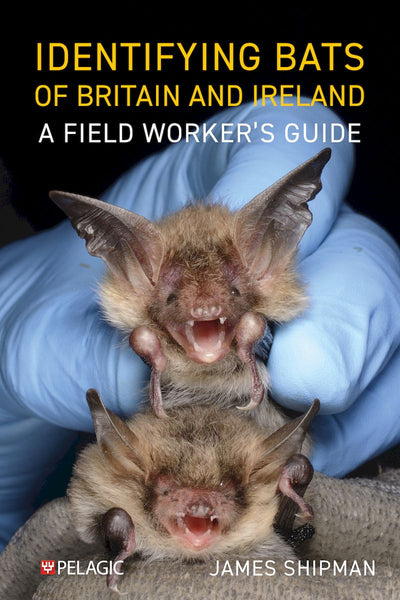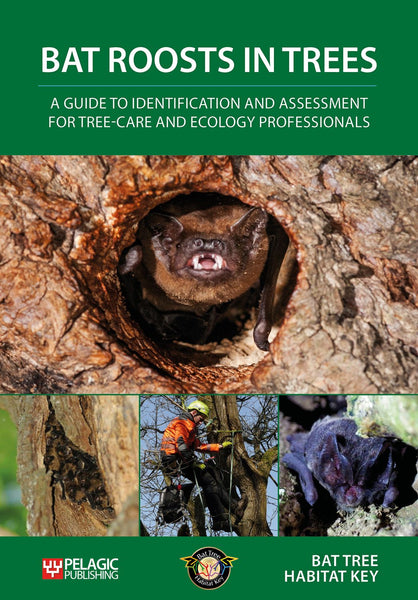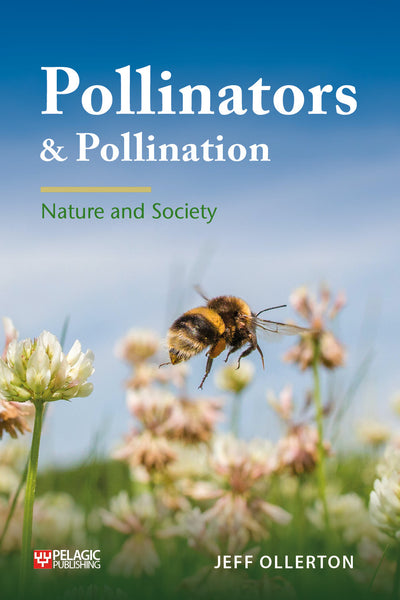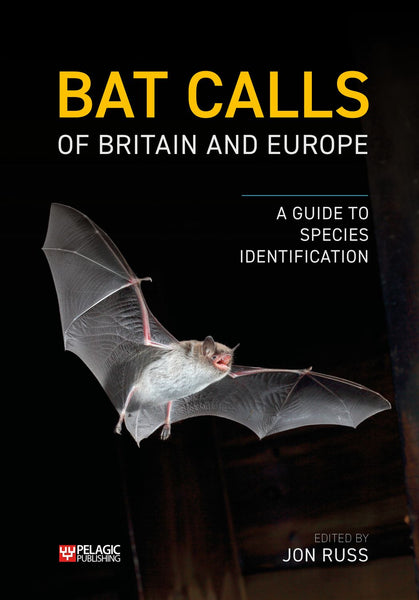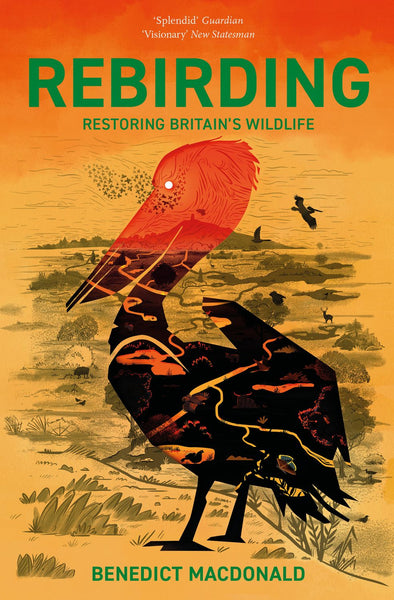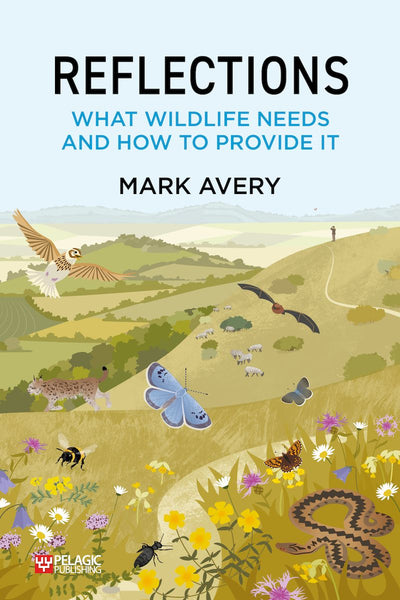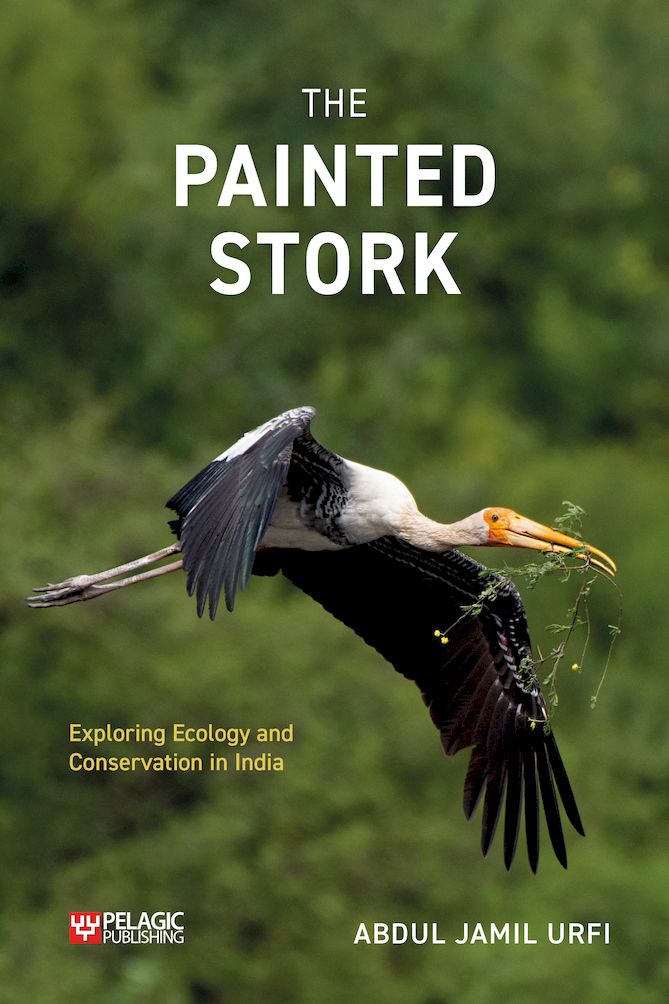
The Painted Stork
Exploring Ecology and Conservation in India
- Presents remarkable insights into the Painted Stork from close and sustained observation.
- Richly illustrated with photographs and diagrams.
- An accessible introduction to key concepts and issues in ecology and conservation.
- An extraordinary tour-de-force, Urfi brings his erudite scholarship and quiet passion for all aquatic birds to culminate in this remarkable portrayal of the Painted Stork.
—Prof. Anindya Sinha, Indian Institute of Science
- birds
- India
- ornithology
- waterbirds
Description
A charismatic and arresting bird, the Painted Stork inhabits the plains and wetlands of India and Southeast Asia. This near-threatened species provides a good model through which to explore a variety of ecology and conservation issues. As a colonial nester, it is also useful for considering questions related to evolution and the development of avian coloniality. The Painted Stork sometimes nests opportunistically in the middle of large cities – the Delhi Zoo colony, for instance, has been active since 1960. This offers a splendid opportunity to study the species at close range, as attested by this book's lively photographic component.
The Painted Stork is an important indicator of its wetland habitats, which themselves are highly threatened. Since environmental toxins, particularly organochlorine pesticides, travel rapidly along aquatic food chains, the study of piscivorous birds like the Painted Stork assumes special significance. Equally vulnerable today are the nesting colonies, located in marshes, village reservoirs and the wider countryside, including in urban settings. Perhaps because their natural nesting areas are becoming scarce due to habitat loss, colonial waterbirds look for suitable sites in parks and gardens. Hence, the behaviour of this species reflects changes occurring in its environment.
Birds also help us monitor the effects of global climate change, and one of the most significant dimensions of the Painted Stork is its dependence upon the monsoon. How exactly do these seasonal rains govern the food cycles in wetlands? And what happens when the monsoon fails? Covering all aspects of Painted Stork ecology, behaviour, conservation and its relationship with humans, this accessible monograph contains a wealth of new insights.
DOI: 10.53061/NIOF6501
Table of Contents
Foreword by Bill Sutherland
Prologue by Raghavendra Gadagkar
Preface
Acknowledgements
Introduction: A Bird of Great Charisma
1. The Painted Stork in Context
2. Avian Coloniality
3. Painted Stork Colonies in India
4. Nesting
5. Sexual Size Dimorphism and Mating Patterns
6. Foraging Ecology
7. Painted Storks in an Urban Context
8. Painted Storks and People
9. Conservation
Appendices
References
Index
Reviews
- I am pleased to recommend The Painted Stork to a wide range of readers all over the world and especially in India. There is a great dearth of role-models and books that inspire and inform us about the potential for conducting first-rate science that can be combined with a passion for the outdoors, a love of wildlife, the spirit of adventure and freedom from the need to procure large grants and laboratory facilities. Urfi’s life and work fulfil this need admirably.
—Raghavendra Gadagkar, Indian Institute of Science (taken from the foreword) - Urfi is an accomplished scientist, and a passionate and dedicated naturalist with a special interest in birds. He also hails from a family of distinguished litterateurs and poets, and this combination permeates this easy-to-read, yet technically informative and elegant book. Urfi draws upon decades of his own research on the Painted Stork, but also seamlessly places it in the broader context of ecology and conservation, especially how organisms are dealing with living in an increasingly urban, human-dominated landscape. The result is a book that will be informative for scientists, useful for conservationists, and delightfully inspiring for young budding naturalists.
—Prof Amitabh Joshi, Jawaharlal Nehru Centre for Advanced Scientific Research - The Painted Stork weaves together folklore, the author’s long-term scientific research, and his perceptive observations as a naturalist to tell the story of an iconic South Asian bird. Abdul Jamil Urfi uses his research on this bird to inform some important conservation initiatives.
—Robert Montgomerie, Queen’s University - An extraordinary tour-de-force, Urfi brings his erudite scholarship and quiet passion for all aquatic birds to culminate in this remarkable portrayal of the Painted Stork.
—Prof. Anindya Sinha, Indian Institute of Science - The book is scholarly but immensely accessible. You will learn a lot about this species but inevitably lots about habitat and birdlife, conservation and urban dwelling wildlife... Bravo!
—Bo Beolens, fatbirder.com - This book is a must-read for anyone with a serious interest in the Painted Stork.
—Ian Paulsen, The Birdbooker Report - ....wonderful and full of data to support what Urfi and his team did for over three decades. In my opinion, this piece of work must be consulted by all the ornithologists who study bird behaviour.
—Gopinathan Maheswaran, Current Science - Abdul Jamil Urfi’s latest work on his beloved Painted Storks takes us to India and provides an accessible but richly informative account of the lives of these globally Near Threatened birds... This book mixes carefully conducted field research and intimate knowledge of single species’ ecology, with a wider appreciation for Indian natural history.
—Anthony Wetherhill, BTO News - Valuable... a wealth of color photographs and data in figures and tables. Readers from our stork-depauperate continent will be especially interested in how so many species make distinctive use of the seasons, resources, and ecosystems in India.
—Roger F. Pasquier, Wilson Journal of Ornithology - The vast body of knowledge collected by the author is condensed in this book in a format that is useful and informative... The book is very user-friendly for the lay person and students, as well as for ornithologists and those conducting serious research.
—Prasad Ganpule, IBIS
About the Author
Abdul Jamil Urfi has been researching the ecology and conservation of Painted Stork in India for more than 35 years, with a special focus on the colony at Delhi Zoo. A professor of environmental studies at the University of Delhi, he has published three previous books, including Birds of India: A Literary Anthology (2011). He is a member of IUCN’s stork, ibis and spoonbill species survival commission.Bibliographic Information
 208 pages
208 pages - Colour illustrations
- BISAC SCI070040, SCI020000, NAT043000
- BIC PSVW6, RNC, WNCB






